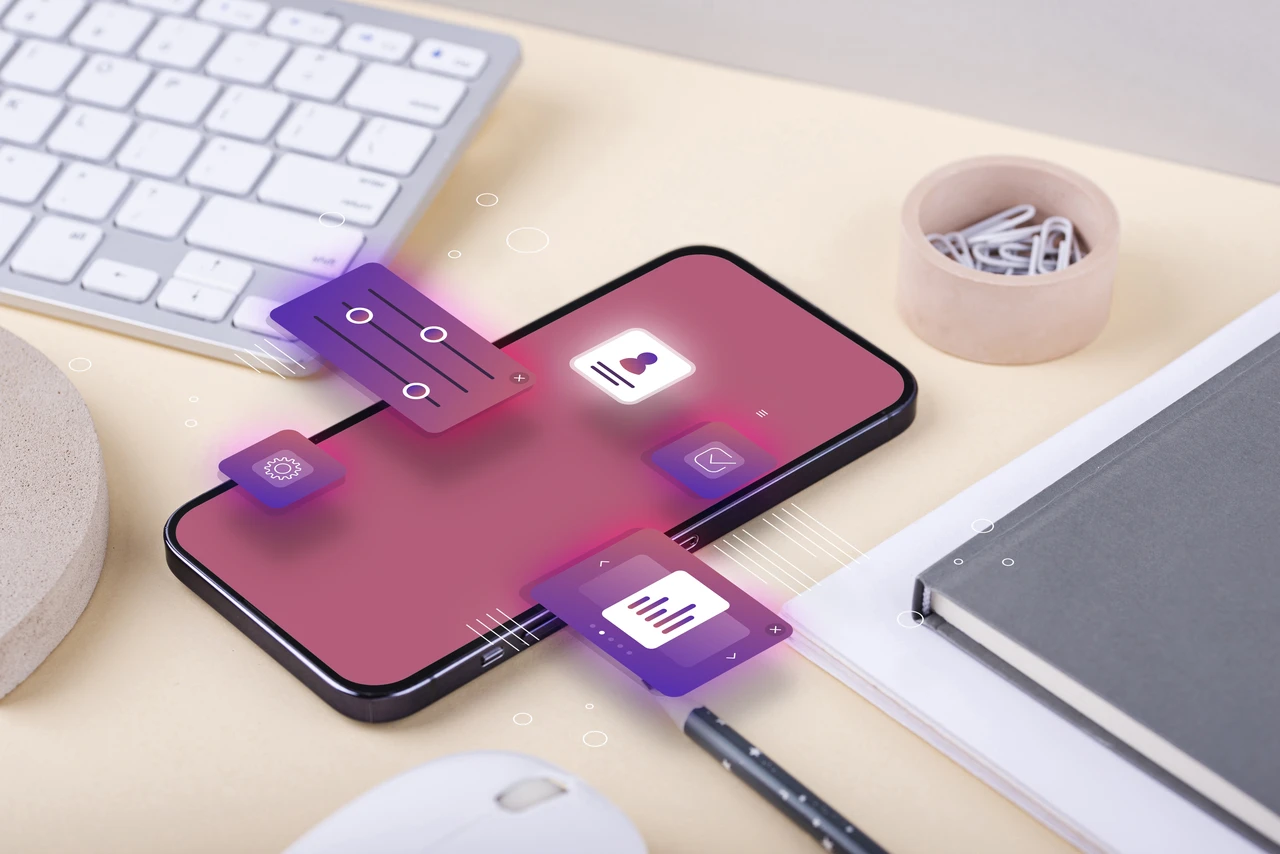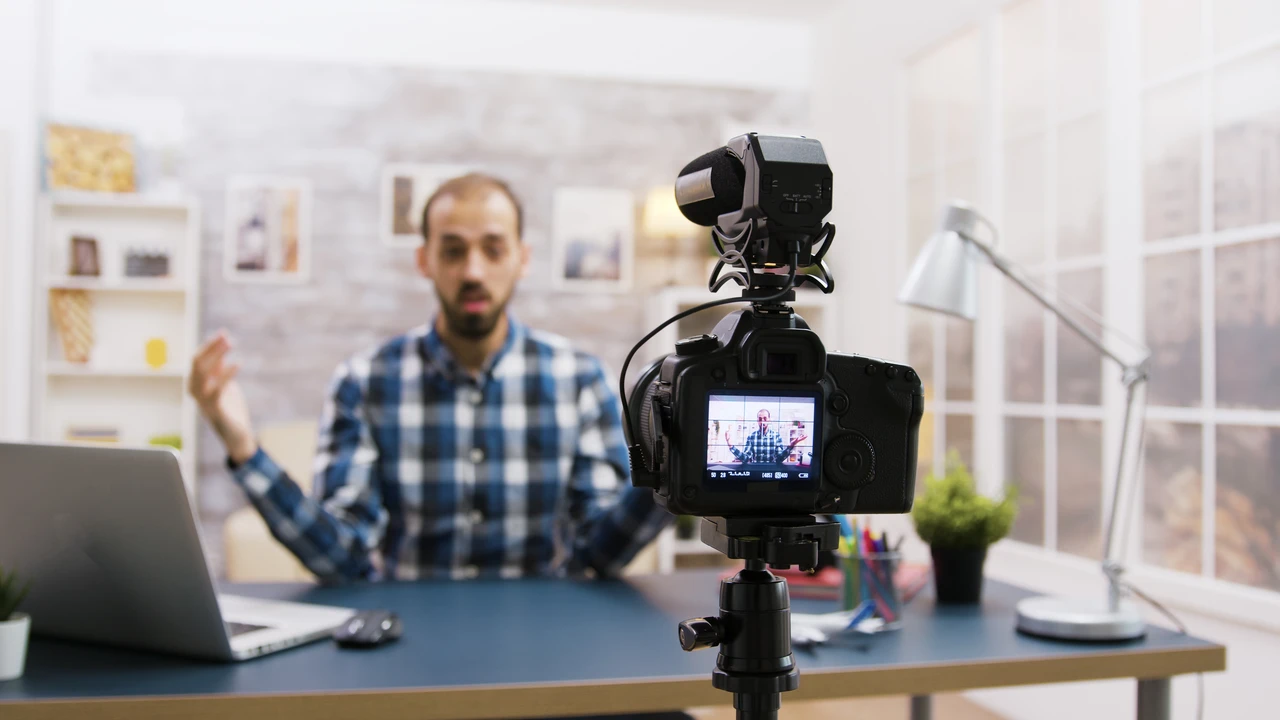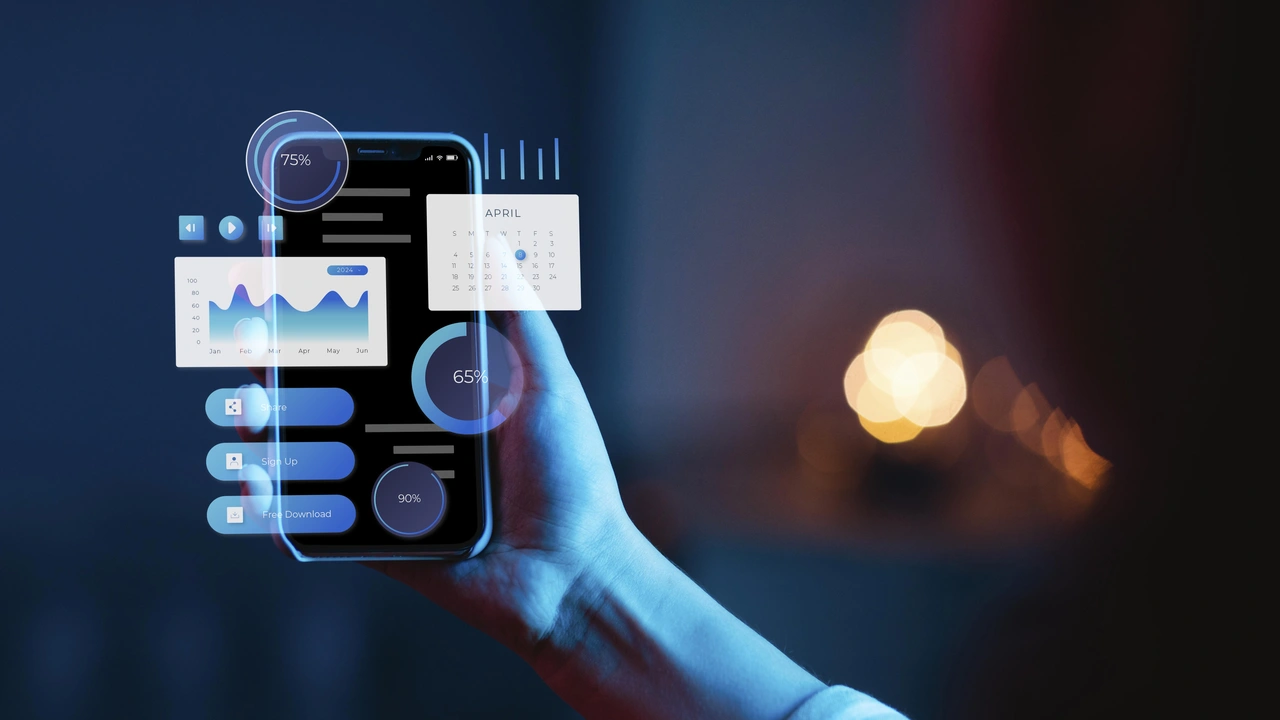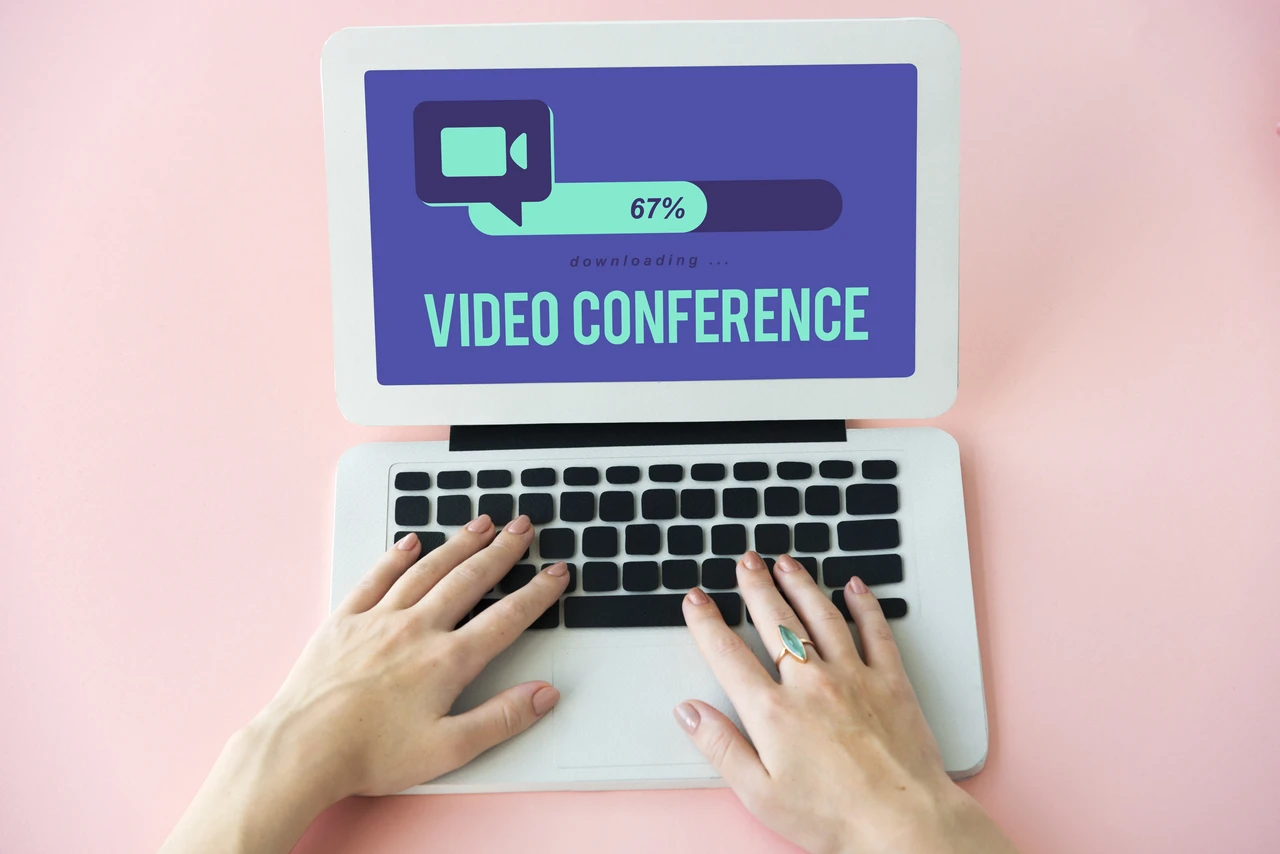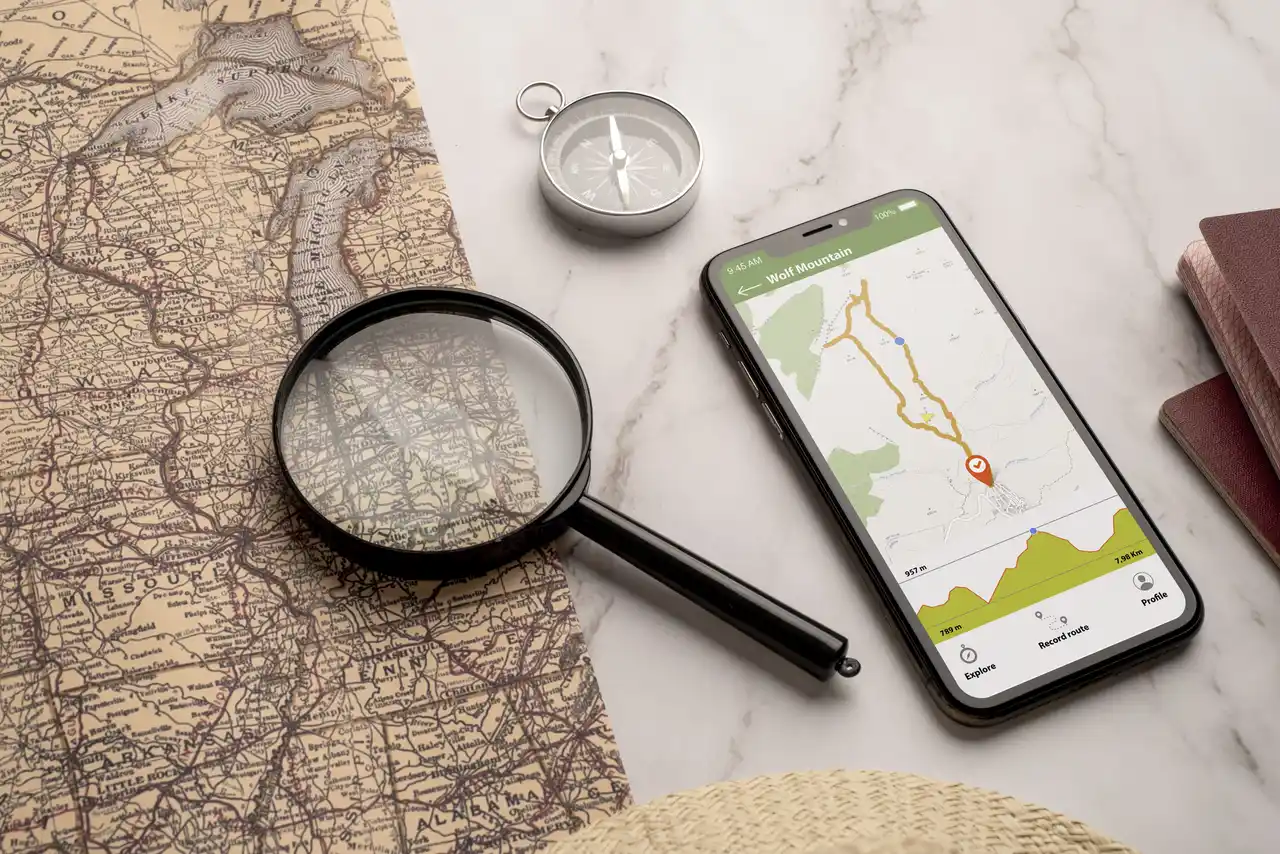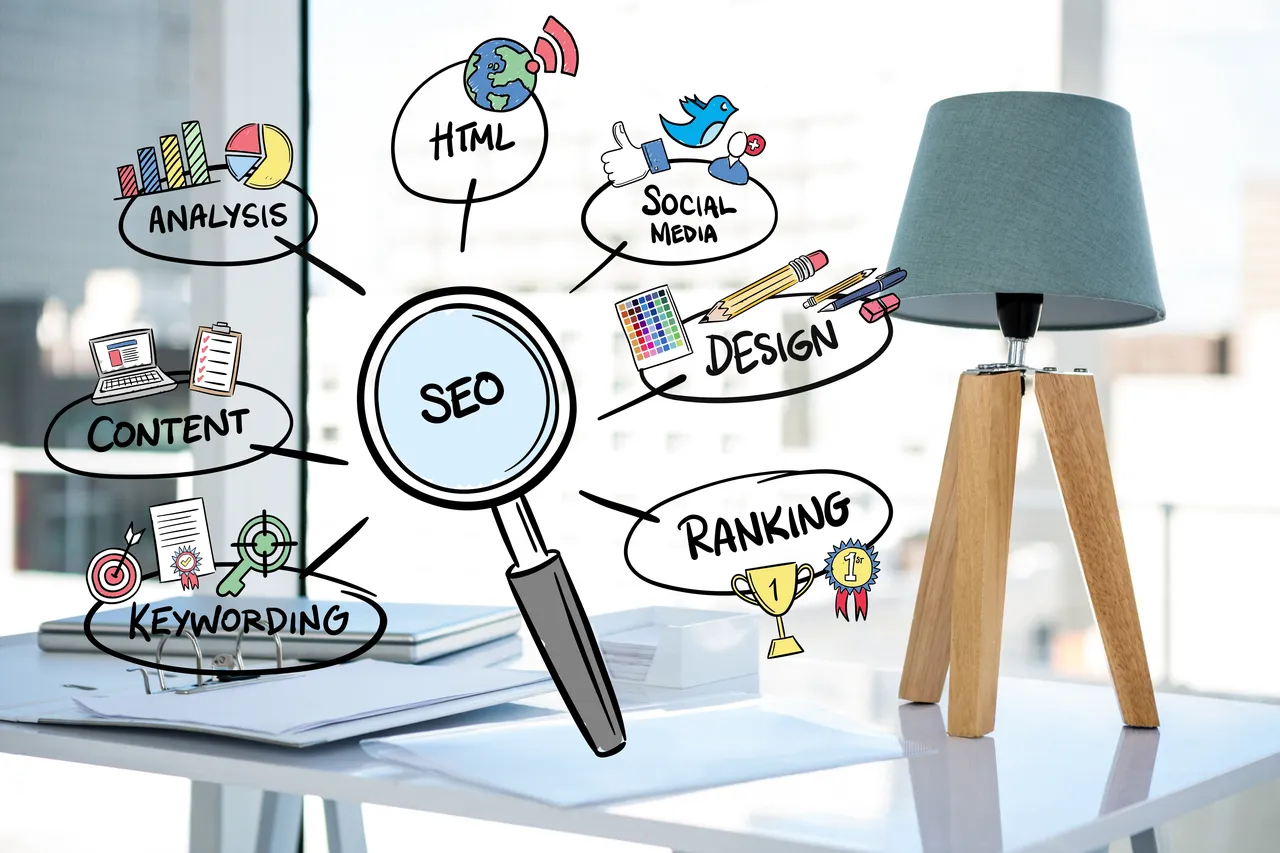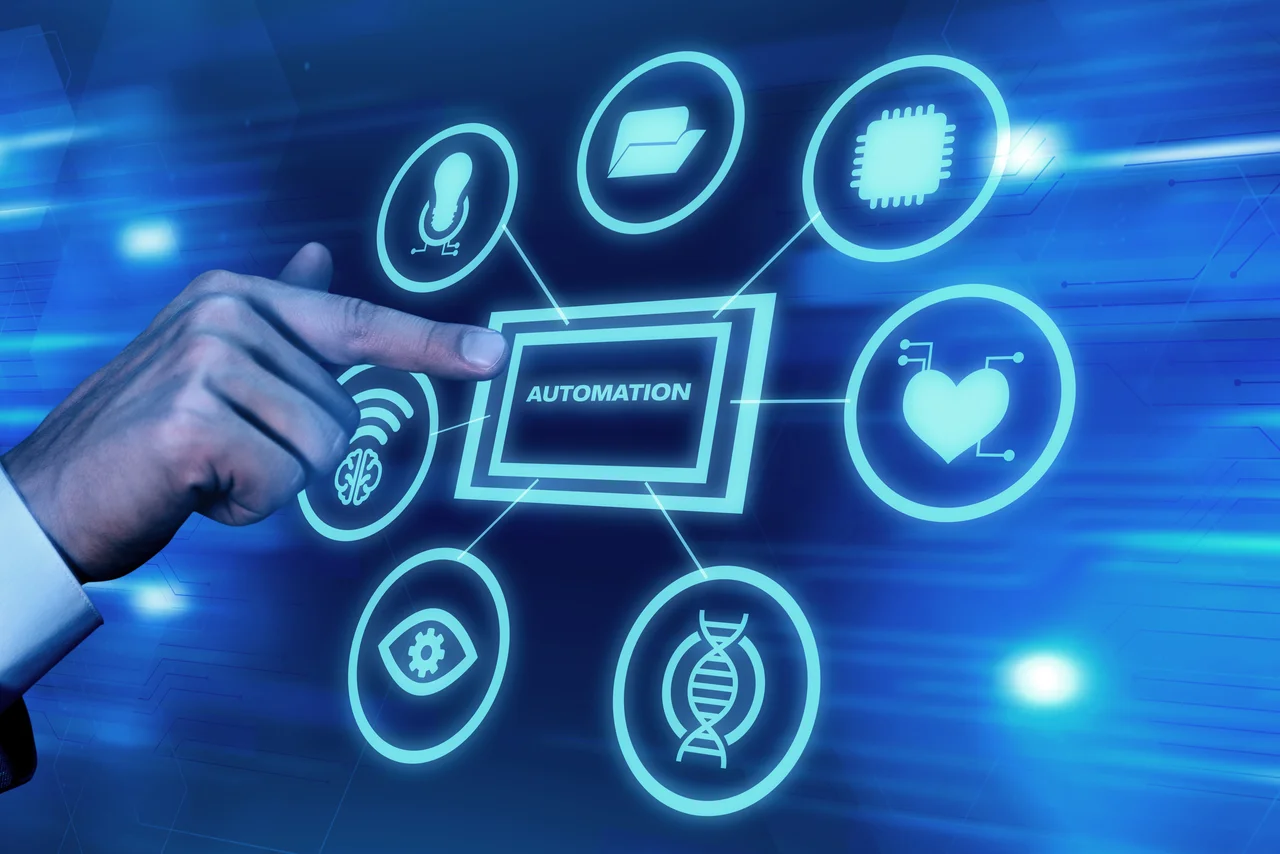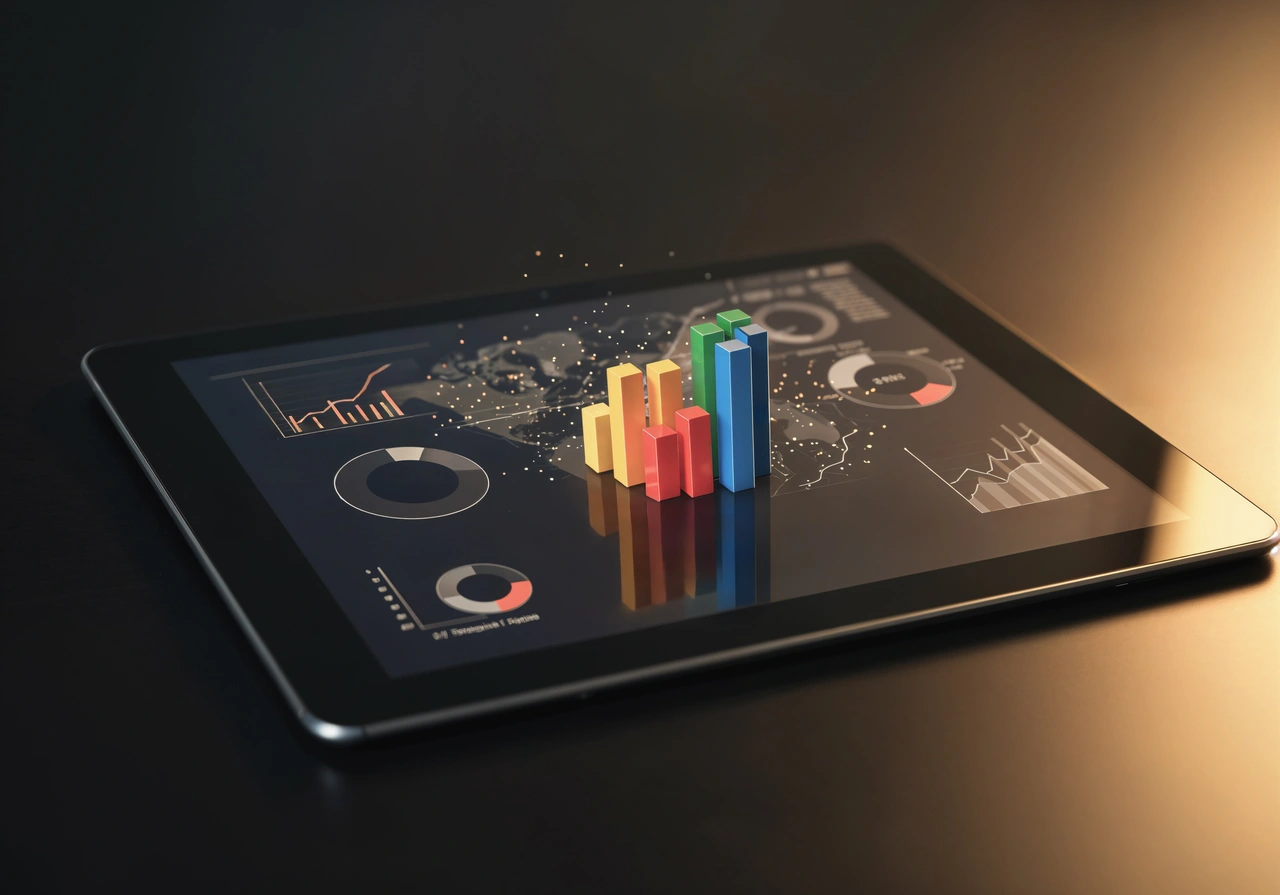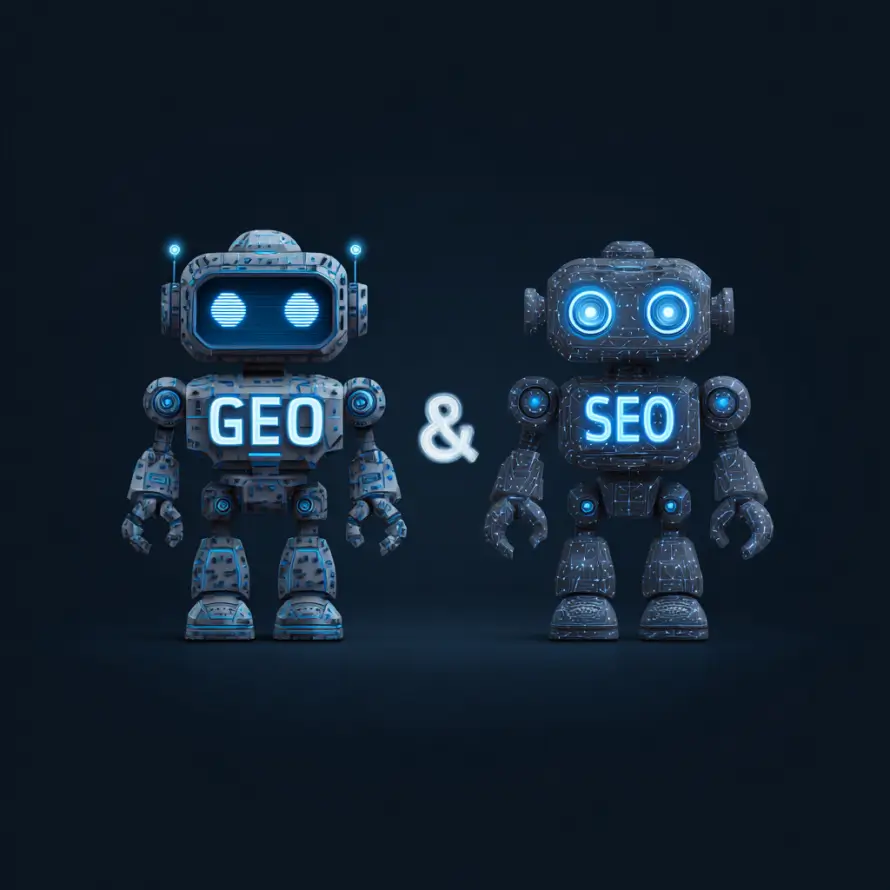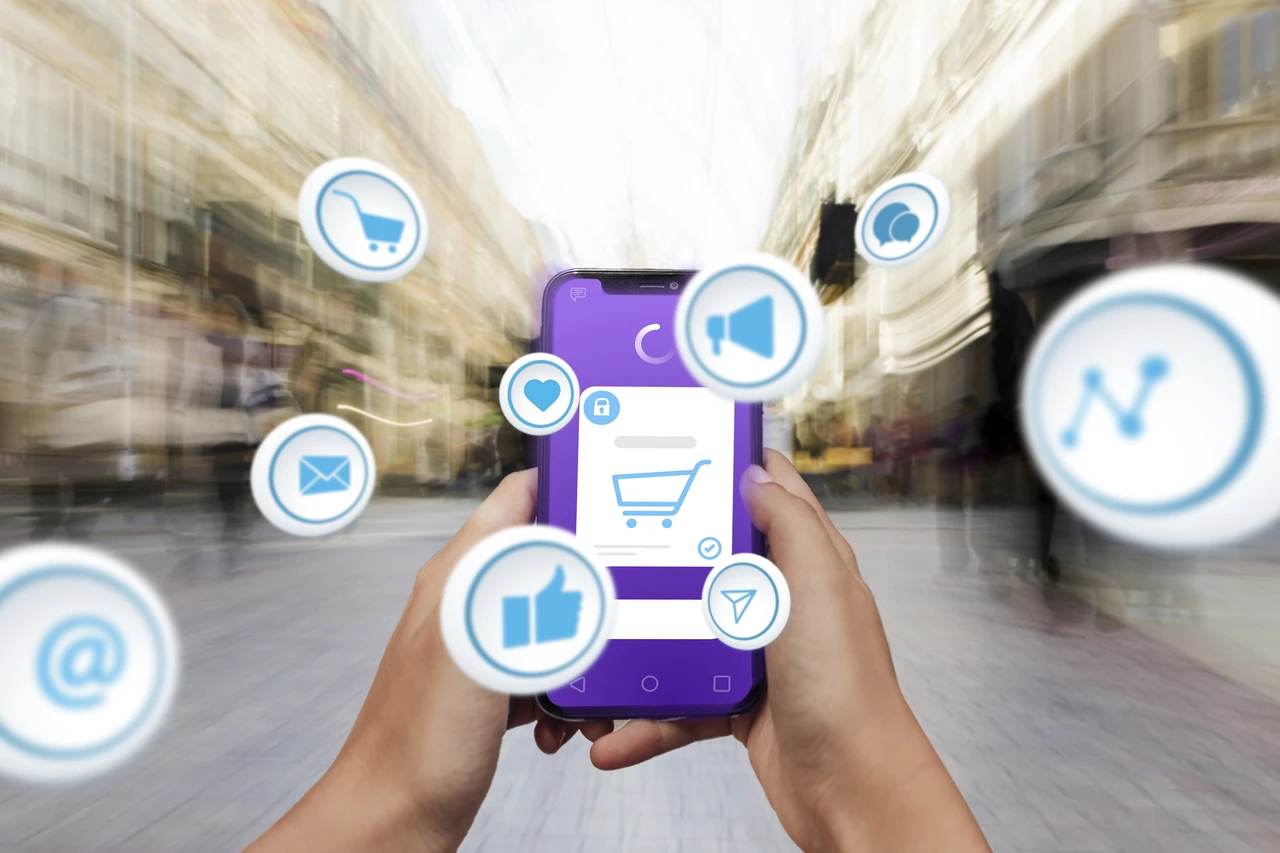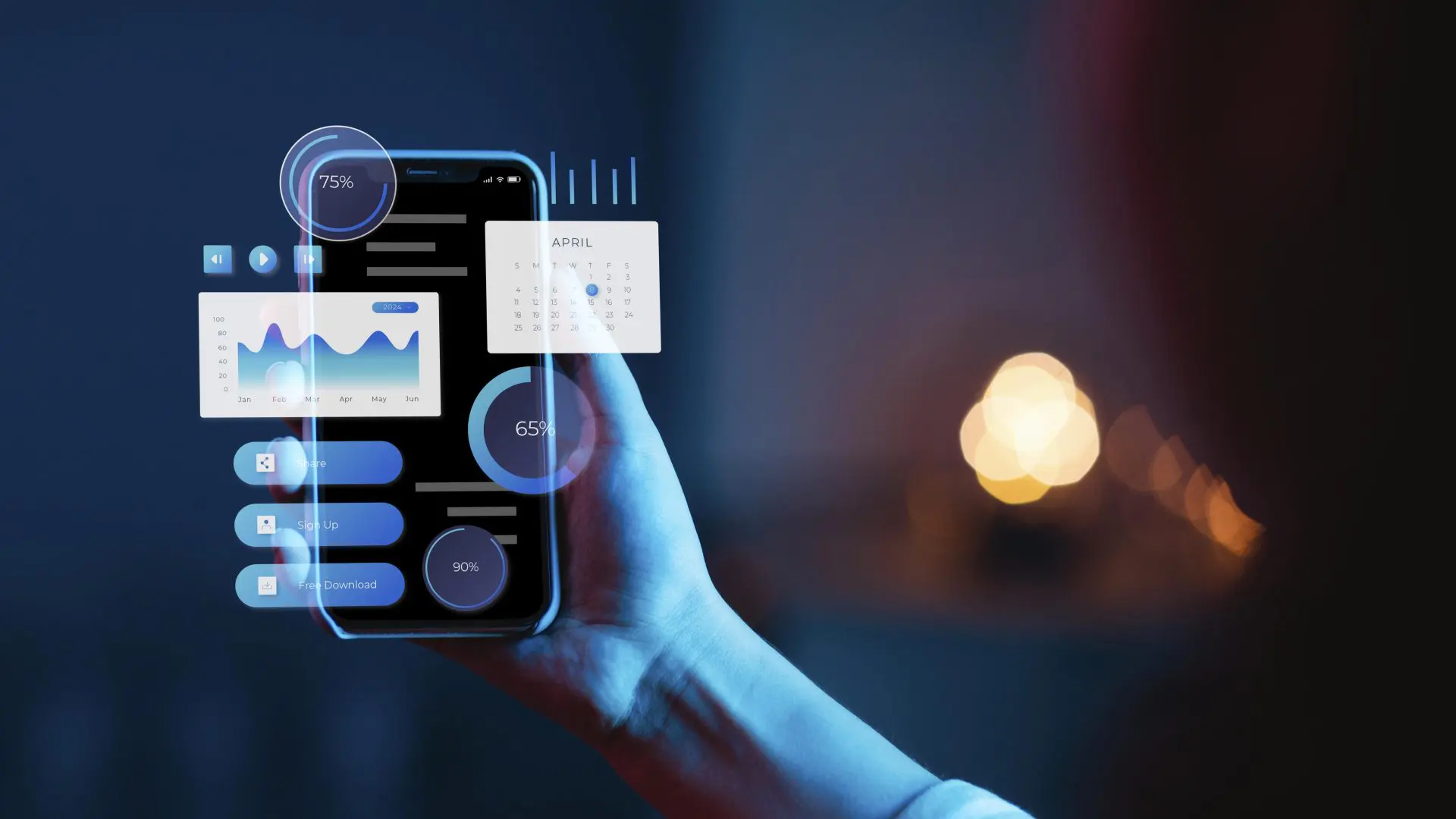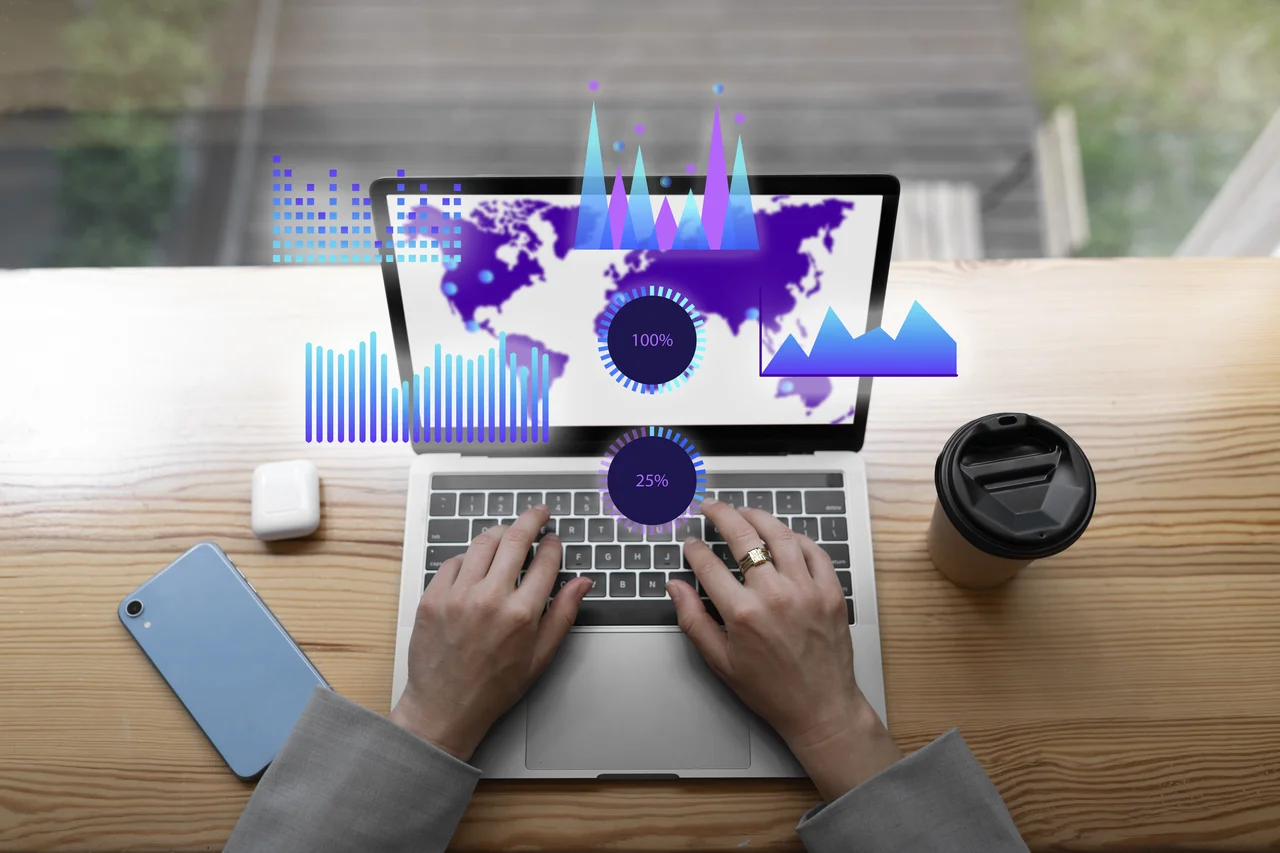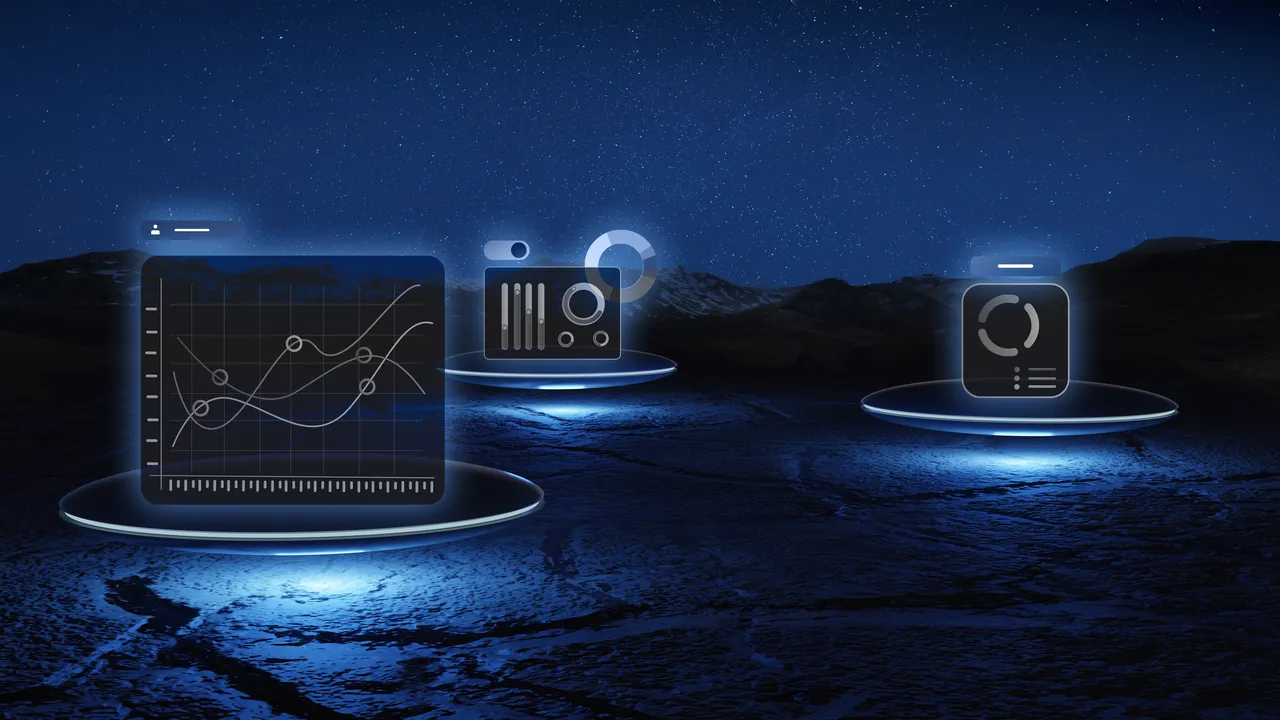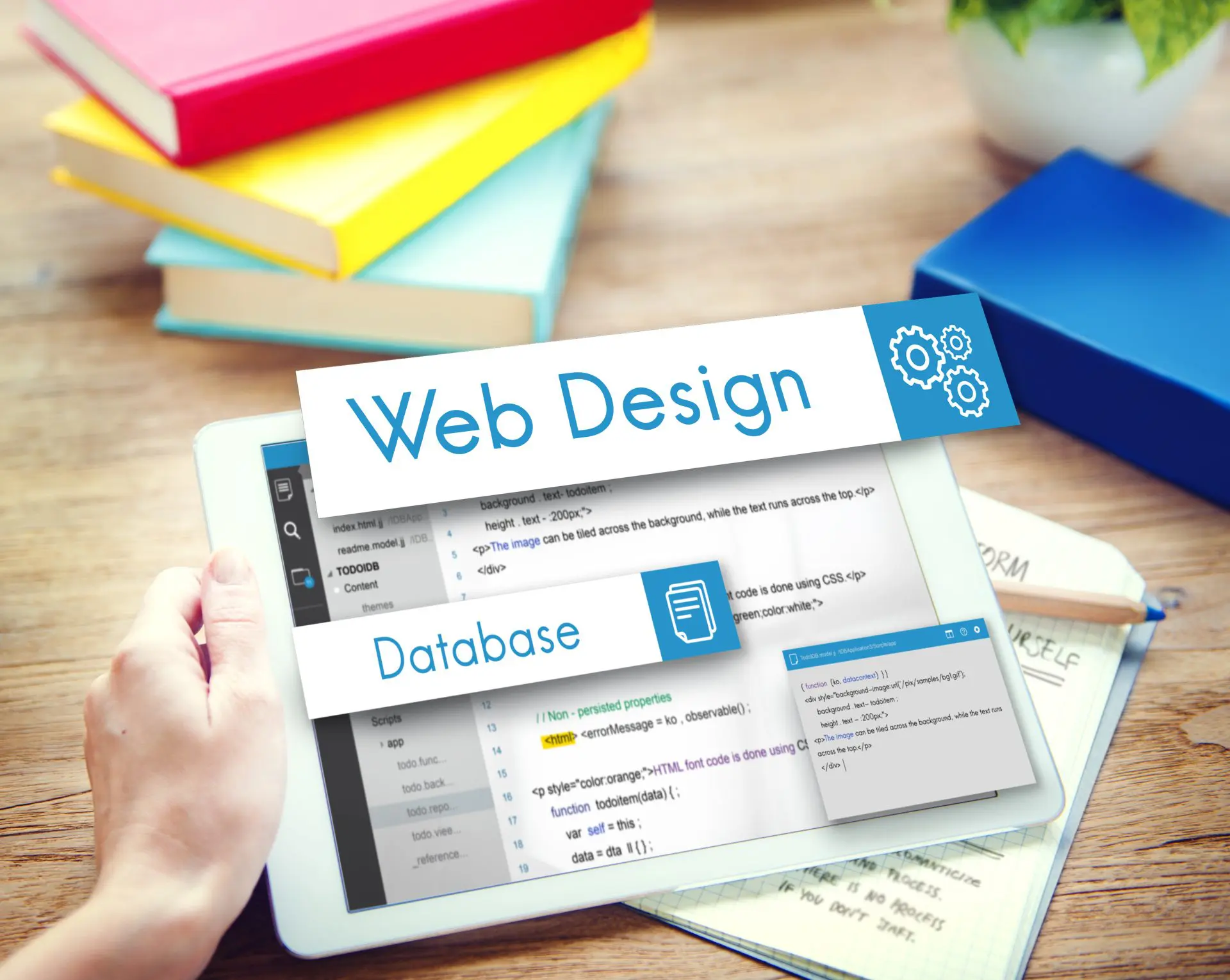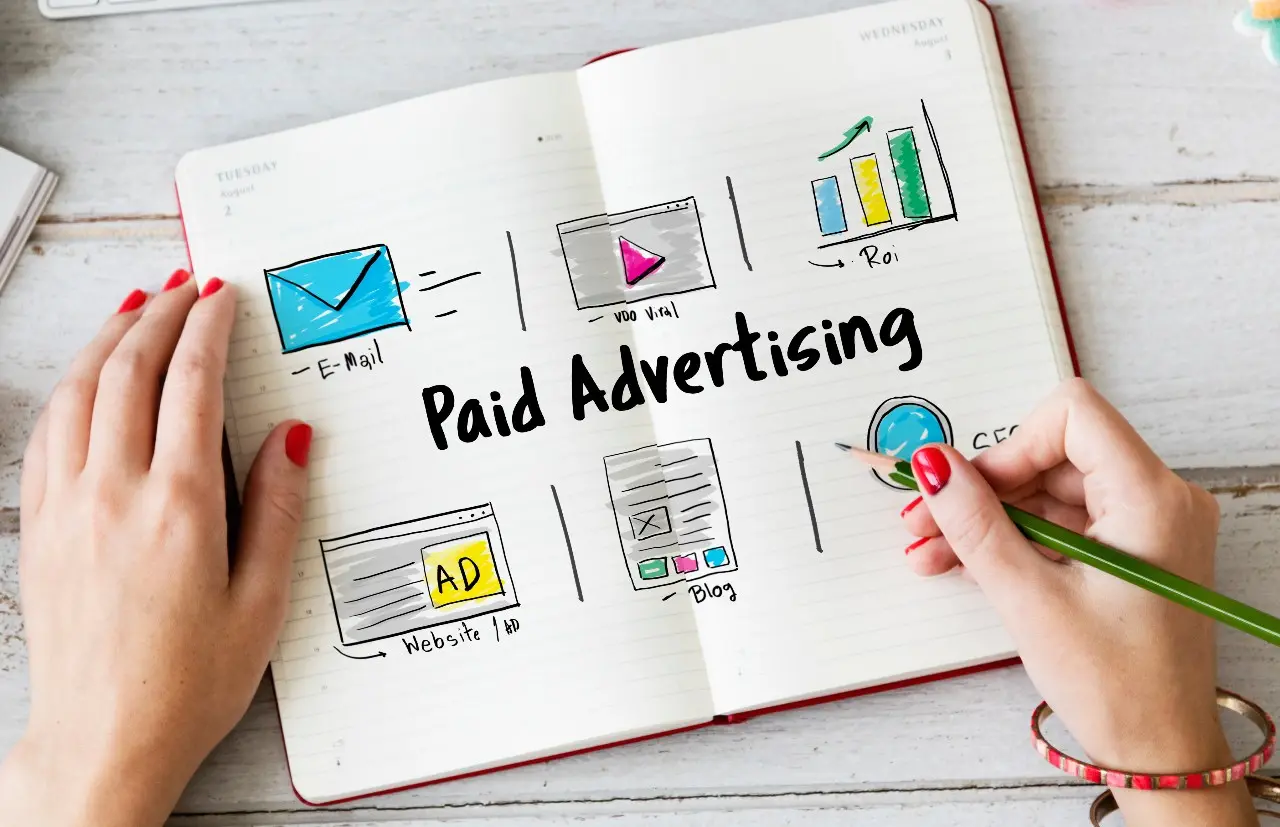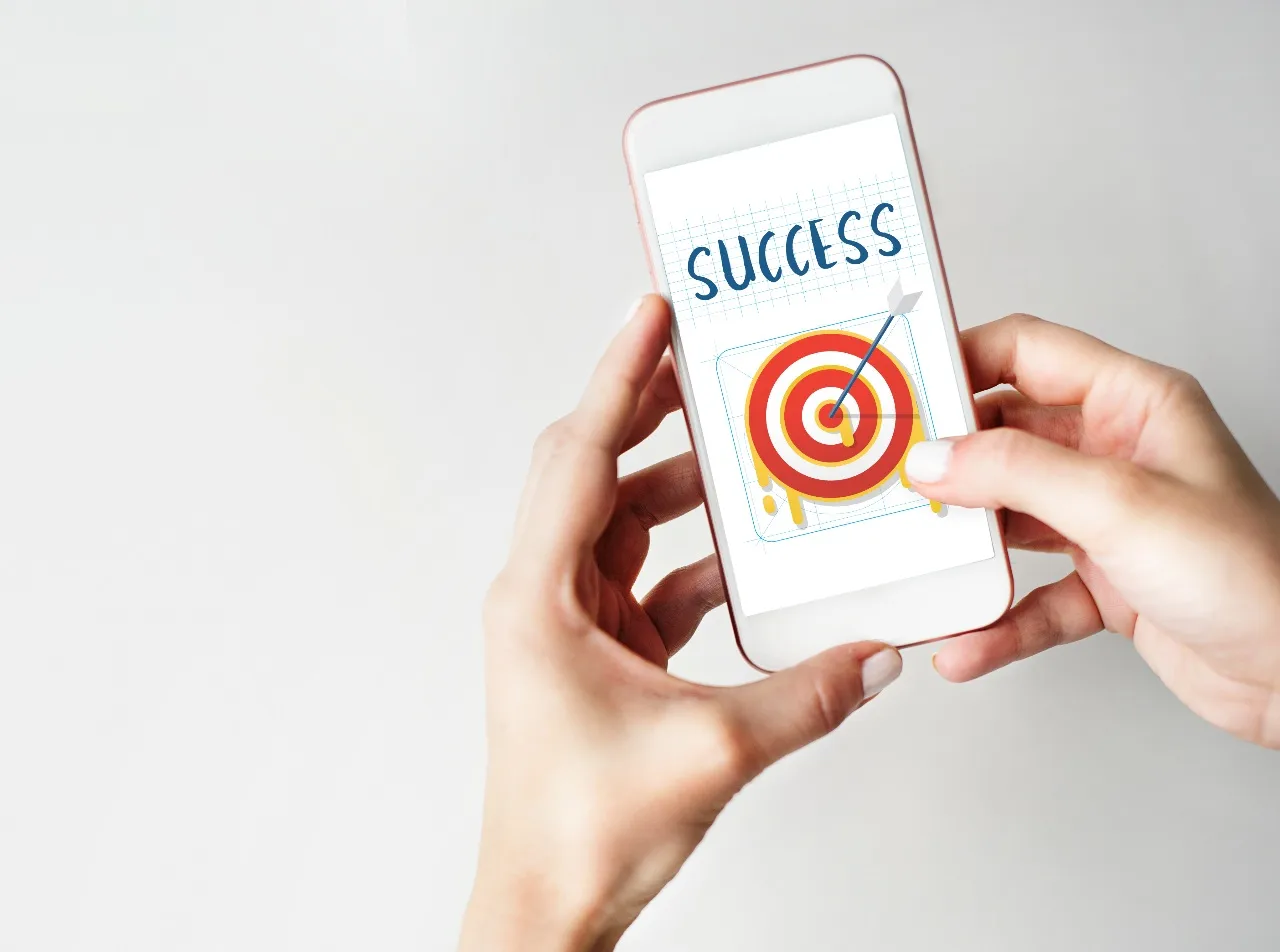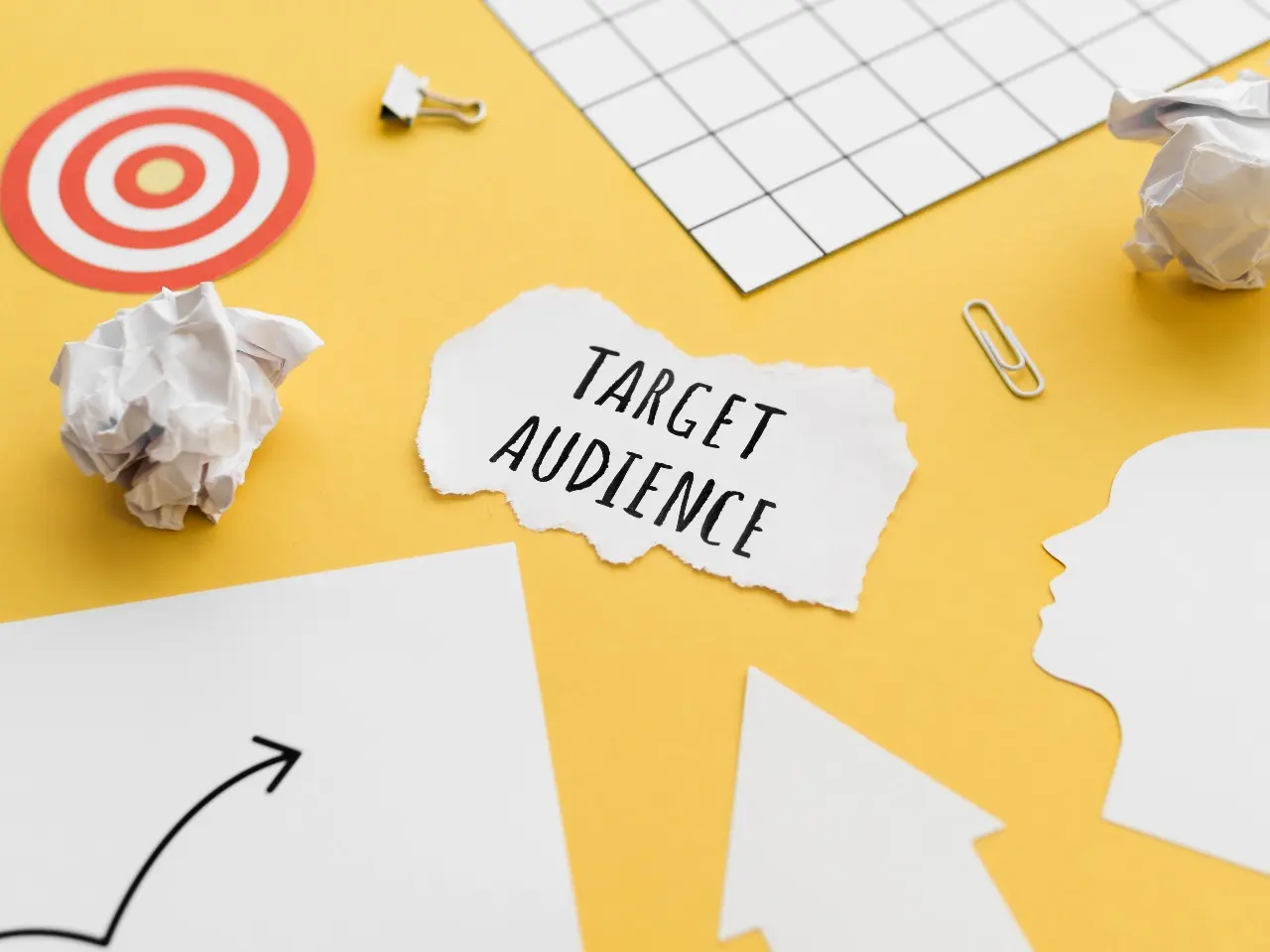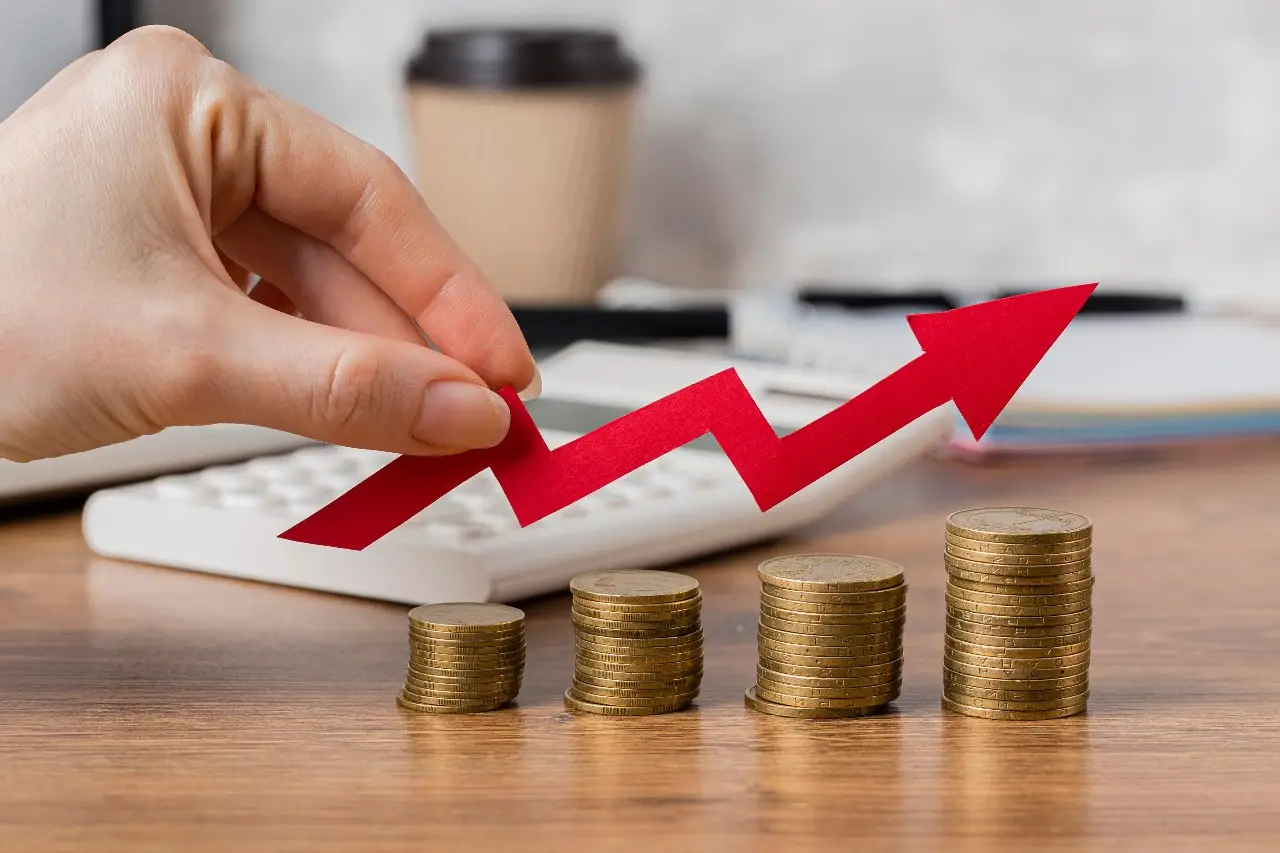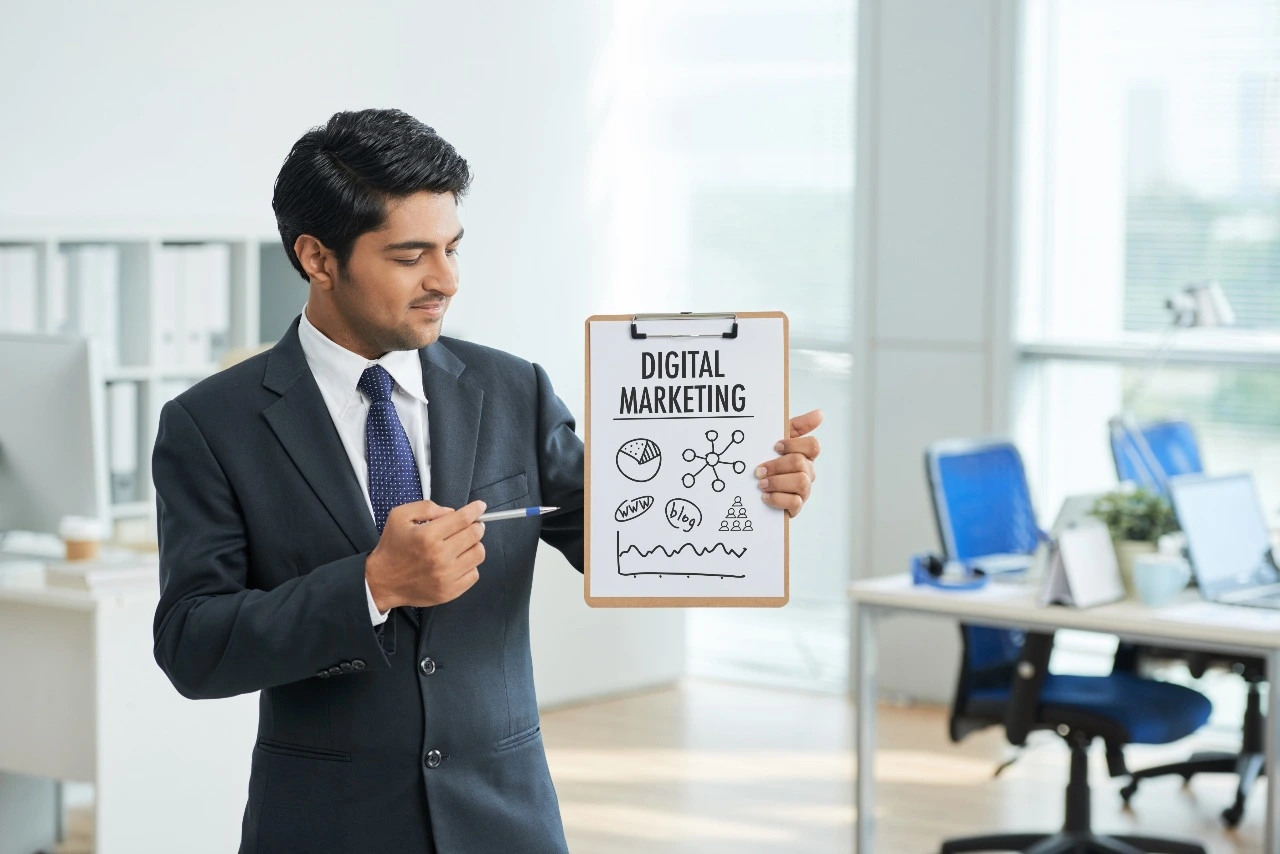Listen to article
How Buyers Engage With Content at Different Funnel Stages
Are you truly connecting with your B2B audience, or are your marketing efforts falling flat? In today’s competitive landscape, understanding content engagement by funnel stage is no longer optional—it’s essential. Buyers are savvier, more informed, and have higher expectations than ever before.
Did you know that a typical B2B buyer interacts with at least 10 pieces of content before making a purchasing decision? This highlights the critical need for a robust content strategy that aligns perfectly with each stage of their journey.
In this article, we’ll dive deep into how B2B buyers engage with content across different funnel stages. We’ll explore the most effective content formats, distribution channels, and strategies to capture attention, build trust, and drive conversions.
Content Consumption Habits in the B2B Buyer’s Journey
Understanding how B2B buyers engage with content is crucial for effective content marketing. The number of content pieces they consume before making a decision or contacting a salesperson can significantly impact your strategy, especially when aligning content with different funnel stages.
- A typical B2B buyer interacts with a minimum of 10 pieces of content before deciding to make a purchase. Source
- On average, B2B buyers consume 4.5 pieces of content before reaching out to a supplier. Source
- About 40% of B2B buyers will engage with 3 to 5 pieces of content before contacting the seller. Source
- Another study shows that 47% of B2B buyers consume three to five pieces of content before engaging with a salesperson. Source
- According to FocusVision, the average B2B buyer consumes 13 pieces of content before making a purchase. Source
These statistics highlight the importance of providing a robust content library to nurture leads through the sales funnel. By understanding how much content buyers typically consume, marketers can better tailor their content strategy to meet these needs and guide prospects toward a purchase decision. Pro Tip: Make sure your content is easily accessible and discoverable to ensure buyers can find the information they need when they need it.
The Role of Online Search in Fueling Early-Stage Buyer Decisions
In today’s fast-paced B2B landscape, buyers are more self-reliant than ever during the initial stages of their purchasing journey. Before engaging with sales teams or committing to a product, they dive into independent research—often starting with a simple search query. As a result, businesses that prioritize visibility and offer tailored, insightful content stand a better chance of capturing their attention right from the start.
- A striking 66% of B2B buyers rely on search engines to gather information during the early research phase. Source To attract these potential leads, strong SEO strategies and relevant content are critical for standing out in search results.
- Both SEO-driven websites and virtual events rank as top-performing lead generation channels, tied at 45% effectiveness according to marketers. Source
The early research phase isn’t just about being seen; it’s about being trusted. A well-optimized website offers more than just visibility—it serves as a gateway to credibility by addressing buyers’ pain points and answering their key questions. Combine SEO tactics with approachable, educational content to establish yourself as a go-to resource in your industry.
Pro Tip:
Go beyond generic keywords! Focus on long-tail keywords and intent-driven phrases that reflect real buyer queries (e.g., “best CRM for small businesses” instead of just “CRM software”). This approach not only boosts your rankings but also connects you with buyers who are ready to explore specific solutions.
The Strategic Power of Social Media in B2B Marketing
In the complex world of B2B marketing, social media isn’t just an add-on—it’s a cornerstone for driving meaningful engagement across the sales funnel. From creating awareness at the top to nurturing leads at the bottom, the right social strategy can bridge the gap between content distribution and conversion. But success here isn’t simply about being present on social channels—it’s about knowing where, when, and how to connect with your audience.
- 50% of B2B marketers use social media for top-of-funnel awareness, while 46% leverage it for bottom-of-funnel engagement.
- Over the past year, 90% of B2B marketers relied on social media to distribute content, solidifying its role in the content marketing ecosystem.
- LinkedIn remains a stand-out platform, with a staggering 84% of B2B marketers identifying its unparalleled value for targeting professionals.
- 75% of B2B marketers cite social media as their most-used channel for engaging their audience.
- 92% of B2B marketers use social media platforms to distribute content, with LinkedIn leading as the top performer.
It’s clear: social media is an essential tool in a B2B marketer’s arsenal. Platforms like LinkedIn dominate due to their ability to connect with professional audiences, while other channels offer diverse ways to amplify content. However, the secret to success lies in relevance—your content must not only reach the right audience but also resonate with them depending on their stage in the buyer’s journey.
Video, Podcasts, and Blogs: Capturing Attention in the Awareness Stage
As B2B buyers move into the awareness stage, certain content formats become more effective at capturing their attention and building interest. Video, podcasts, and blogs have emerged as valuable tools for marketers looking to engage potential customers during this critical phase.
- Podcasts are reported by 74% of marketers to be most effective in the early stages of lead generation. Source
- Almost half (49%) of marketers incorporate podcasts into their lead generation strategies. Source
- The most popular video types created by businesses in 2023 were educational (47%) and product-focused (33%) videos. Source
- A remarkable 96% of businesses surveyed incorporate blogs into their content marketing strategies. Source
- 70% of marketers report that blog articles yield the best return on investment (ROI) in the initial phases of lead generation. Source
- Companies that publish at least 16 blog posts each month generate leads at a rate 4.5 times higher than those who publish less frequently. Source
- Businesses that maintain blogs also experience a 55% increase in organic search traffic to their websites. Source
- B2B marketers are more inclined to use blogging (75%) compared to their B2C counterparts (61%). Source
Video and podcasts are great for capturing and maintaining the attention of potential leads. Blogs also remain a cornerstone of content marketing strategies. Consider using these formats to create educational content that showcases your expertise and provides value to your target audience.
Pro Tip:
Experiment with different video, podcast, and blog formats to see what resonates best with your audience.
How Research-Driven Content Empowers Buyers in the Decision-Making Process
In the highly competitive B2B landscape, the consideration stage is where buyers start narrowing down their options—and this is your critical window to stand out. Buyers in this phase are not seeking surface-level information; they’re digging deep for content that validates their choices, mitigates risks, and provides actionable insights. This makes research-driven content such as case studies, surveys, and reports not just valuable but essential for earning trust and guiding prospects toward a decision.
- Buyers actively seek content grounded in reliable and authoritative data to ensure they’re making confident and informed decisions. Source
Key Insight: Establish Authority Through Data-Powered Storytelling
In an era where buyers are flooded with marketing noise, presenting credible, research-backed content can be your competitive edge. Beyond simply stating facts, use this opportunity to weave compelling narratives around your data—show how your solution solves real industry challenges or supports specific business goals. High-value resources like case studies and surveys don’t just educate but also build authority, helping you become the go-to resource in your industry.
Pro Tip: Don’t just rely on curated data from external reports—conduct your own proprietary research tailored to your target audience. Original insights not only set you apart but also position your brand as a thought leader in your space. And when sharing these findings, make sure to break down complex data into digestible, visually appealing formats like infographics or executive summaries for maximum impact.
Content Customization and Strategic Video Use
In the competitive B2B landscape, delivering the right content at the right time isn’t just a best practice—it’s the foundation for building meaningful relationships that guide buyers toward conversion. By tailoring content to specific stages of the buyer’s journey, businesses can ensure their messaging resonates with prospects’ evolving needs. Add video into the mix, and you’ve got a winning formula for engagement—helping break through the noise and foster trust in ways static content simply cannot achieve.
- 41% of B2B marketers indicate they consistently tailor their content to match specific points in the buyer’s journey.
- Testimonial and explainer videos are the most favored video types among B2B companies.
The data is clear: effective B2B marketing depends on relevance and connection. By focusing on content that speaks to where your audience is in the buyer’s journey and leveraging the credibility of testimonials or the clarity of explainer videos, businesses can create campaigns that drive both confidence and conversions.
Pro Tip:
To maximize impact, analyze your buyer personas and map out content needs for each stage of the journey. Combine this with video strategies—like customer success stories or product walkthroughs—that provide authentic, actionable value. This approach doesn’t just inform your audience—it inspires them to take the next step.
Different Content Formats and Buyer Journeys
For B2B marketers, knowing your audience deeply isn’t just an advantage—it’s the key to moving them seamlessly through the sales funnel. Each stage of the buyer journey requires a strategic mix of content that aligns with what prospects are seeking at that moment, whether it’s education, solutions, or proof of value. By tailoring content formats to match the intent and mindset of your audience, you can not only amplify engagement but also build trust and authority that translates into meaningful conversions. Here are some data-driven insights into which formats perform best across the funnel:
- Articles, blog posts, white papers, and videos are the most effective content formats used by B2B marketers to guide prospects through the sales funnel. Source
- Content marketing drives top-of-funnel success, with 87% of B2B marketers stating it helps them build brand awareness. Source
- 74% of marketers report that content marketing effectively generates demand and leads. Source
- 62% say it nurtures subscribers, audience, or leads—a critical middle-of-funnel objective. Source
- 52% say it strengthens loyalty among existing customers—a powerful bottom-of-funnel benefit. Source
- 49% note its role in directly generating sales and revenue. Source
- 37% attribute content marketing to growing a subscribed audience, and another 9% say it helps cut customer support costs. Source
The effectiveness of content marketing lies in its ability to serve a dual purpose: educating and influencing buyers at the precise stage they’re in. While articles and blog posts shine at the awareness stage, formats like white papers or in-depth guides deliver value when decision-makers are evaluating solutions. For marketers, this underscores the need to diversify content assets, ensuring each piece is strategically designed to meet unique buyer intent across the funnel. Moreover, brands that integrate tailored messaging into these formats are likely to see higher engagement, a stronger pipeline, and ultimately, better ROI from their efforts.
Tailoring Content Distribution Channels to Drive Funnel-Wide Engagement
For any B2B marketer, success isn’t just about creating great content—it’s about delivering it through the right channels at the right moments in the buyer’s journey. Each stage of the funnel demands a unique mix of distribution strategies to ensure your message resonates, whether you’re building awareness at the top or driving conversions at the bottom. By aligning your channels with your audience’s preferences, you can increase engagement, generate higher-quality leads, and nurture long-term relationships.
- Social media reigns as the go-to content distribution channel, with 90% of B2B marketers using it. Source
- Email (93%) and social media (92%) dominate as the top two content distribution channels for B2B marketers. Blogs (79%), in-person events (56%), and webinars/webcasts/virtual events (55%) follow closely behind as popular formats. Source
- Event emails (63%), lead nurturing campaigns (51%), and monthly newsletters (48%) top the list of email types used in B2B marketing. Other frequently used formats include automated confirmations (45%), drip campaigns (45%), promotional emails (42%), and ad hoc newsletters (31%). Source
- High-performing organizations diversify their email tactics, using an average of four types compared to just three in less successful teams. Source
- 67% of content produced targets TOFU (top-of-funnel), focusing heavily on building initial awareness about products or services. Source
Key Insight: Strike a Balance Across All Funnel Stages
While social media and email dominate the content distribution landscape, relying solely on these channels could create bottlenecks in your buyer’s journey—especially in the MOFU (middle-of-funnel) and BOFU (bottom-of-funnel) stages. The disproportionate focus on TOFU content highlights a missed opportunity to engage prospects already aware of your brand but seeking deeper insights or solutions. To create a seamless buyer experience, think beyond awareness and invest in content tailored to nurturing and decision-making phases—like webinars for MOFU or case studies and ROI calculators for BOFU.
Pro Tip:
Map your channels to each funnel stage for maximum impact. For example, use social media and blogs to drive awareness, email campaigns to nurture leads, and webinars or live demos to convert prospects. Don’t forget to test and refine your strategy regularly—data-driven insights are the key to sustainable growth.
Crafting Content That Resonates with Buyers Across the Funnel
Understanding your audience’s challenges is the foundation of an effective B2B content strategy. Buyers aren’t looking for a sales pitch—they’re searching for solutions to their problems. By addressing their pain points with tailored content at each funnel stage, you can build trust, create meaningful interactions, and ultimately guide prospects toward conversion. With today’s crowded digital landscape, aligning your content with specific buyer needs isn’t just a best practice—it’s a competitive necessity.
- 87% of top-performing marketers focus on addressing user needs and pain points rather than promoting their company’s sales message. Source
- Crafting content around specific customer pain points and the stage of the funnel they’re in offers the best ROI. Source
- Examples of high-performing pain-point-focused content include “how-to” blogs, competitor comparisons, and “alternatives to” pages. Source
Key Insight: Personalization is Your Pathway to Conversion
When B2B buyers recognize that your content speaks directly to their unique concerns, it fosters credibility and drives action. Generic, one-size-fits-all content no longer cuts through the noise; instead, success lies in identifying your audience’s most pressing questions and addressing them with contextually relevant, stage-specific solutions. Whether you’re capturing top-of-funnel interest with a helpful guide or closing a deal with a comparison page, your ability to empathize with their needs will set your strategy apart from competitors.
To truly execute this effectively, consider integrating a B2B website strategy that ensures your content is aligned with each stage of the funnel. A well-optimized website not only enhances user experience but also guides buyers seamlessly through their journey, helping you maximize conversions.
Pro Tip: Dive into customer feedback, support tickets, or even reviews of competitors’ products to uncover recurring pain points. Then, create content assets like FAQs, tutorials, and decision-making guides that directly tackle those challenges.
Overcoming Key Obstacles in Mapping Content to the Buyer’s Journey
Crafting content that seamlessly aligns with the buyer’s journey is no easy feat. For B2B marketers, this task is particularly complex as it requires not only a deep understanding of audience needs but also the ability to create targeted, impactful messaging for every stage of the funnel. Despite advancements in marketing tools and analytics, many still struggle with fine-tuning their approach—and the numbers tell a revealing story:
- 45% of marketers find aligning content with the buyer’s journey challenging, a slight drop from 48% in the prior year. Source
- Measuring the results of content efforts remains a challenge for 47% of marketers. Source
These statistics highlight two core pain points for marketers: aligning content at every touchpoint of the buyer’s journey and proving the ROI of their efforts. While the small improvement in aligning content is encouraging, the persistent difficulty with measurement suggests a growing need for smarter strategies and tools.
Prioritizing Precision and Measurement for Strategic Growth
The journey toward effectively aligning content shouldn’t just stop at understanding pain points—it demands actionable solutions. To make real progress, focus on building a buyer-centric narrative supported by data and ensure each piece of content serves a clear purpose within the larger journey. Equally, measurement strategies must go beyond surface metrics like views and clicks; instead, measure content’s impact on goals like lead nurturing, pipeline acceleration, and conversion rates.
Pro Tip: Use tools like content mapping templates or journey analytics software to visualize how your content aligns with buyer pain points across stages. To improve measurement, integrate tools like Google Analytics, HubSpot, or Tableau to track detailed performance metrics and refine your approach consistently.
How AI is Transforming Content Creation for Every Funnel Stage
The integration of AI in marketing isn’t just a trend – it’s reshaping the way businesses approach content creation to cater to modern buyer journeys. As customers demand relevant, engaging, and timely content at every stage of the funnel, AI empowers marketers to deliver by automating repetitive tasks, generating fresh ideas, and optimizing strategies for better results. Whether you’re brainstorming new blog topics or crafting keyword-rich headlines, AI has quickly become an indispensable partner in driving content performance. Here’s a snapshot of how marketers are leveraging AI tools today:
- 43% of bloggers are now using AI tools to help generate new content ideas. Source
- 58% of marketers utilize AI to create blog posts, 55% for social media updates, and 49% for short-form articles. Source
- Around 50% of B2B marketers rely on generative AI to inspire new content topics. Source
- 45% of B2B marketers use AI for headline and keyword research, and another 45% leverage it for drafting initial content. Source
These insights reveal not only the growing dependence on AI but also its ability to extend human creativity and efficiency in ways that were previously unattainable.
Key Insight: The Full Potential of AI in Content Marketing
AI isn’t positioned to replace marketers; rather, it’s an enhancement tool that enables faster content production, better idea generation, and more effective audience targeting. The true power of AI lies in its ability to handle time-consuming tasks, freeing marketers to focus on crafting strategies, storytelling, and building deeper connections with their audience. As your team explores AI’s capabilities, it’s crucial to balance automation with authenticity, ensuring that your final output resonates with human emotion and aligns with your brand identity.
For businesses looking to scale their efforts and manage multiple aspects of their marketing simultaneously, integrating AI with full-service marketing solutions can provide a comprehensive approach. This combination ensures that your team can maintain focus on high-level strategies while outsourcing operational tasks for maximum efficiency and impact.
Conclusion
Understanding how buyers engage with content at different stages of the funnel is pivotal for B2B marketers striving to build impactful strategies. From the awareness stage, where videos, blogs, and podcasts capture attention, to the consideration stage that demands research-backed insights, each phase calls for tailored approaches. Social media remains indispensable for content distribution, while SEO-driven efforts ensure visibility during early-stage research. The data underscores that aligning content to buyer needs, pain points, and funnel stages isn’t just a tactic but a necessity for driving meaningful engagement and conversions.
However, data alone isn’t enough. The most successful marketers go beyond trends and statistics by addressing the core challenges buyers face at every step. Whether it’s through comparison pages, educational resources, or testimonial videos, the key lies in delivering value where it matters most.
As digital trends evolve, tools like AI are enabling marketers to craft smarter, faster, and more dynamic content strategies. But amidst these advancements, the human touch—empathy, insight, and understanding—remains irreplaceable. Ready to boost your traffic and grow your website? Your customers are looking for you, and our SEO services can help you be found across search engines. Let’s take your content strategy to the next level together.
About Creating How Buyers Engage With Content at Different Funnel Stages
This guide was written by the Scopic Studios team and reviewed by Araksya Hakobjanyan, SEO Lead at Scopic Studios.
Scopic Studios delivers exceptional and engaging content rooted in our expertise across marketing and creative services. Our team of talented writers and digital experts excel in transforming intricate concepts into captivating narratives tailored for diverse industries. We’re passionate about crafting content that not only resonates but also drives value across all digital platforms.
Note: This blog’s images are sourced from Freepik.


